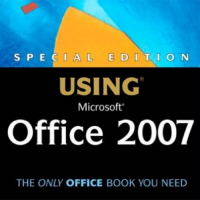Session Date: Monday Oct 09, 2017
Document Markup Object Layers
Preparations for this Session

If you are partial to Microsoft's document tool
- glance over Microsoft's Word 2010 tips and tricks.
- you might also find chapter 13. Building a Better Word Document
and chapter 14. Using Themes, Styles, and Templates
in Special Edition Using Microsoft® Office 2007 useful
If you are more interested in open source products
What is a Markup Language?
A markup language identifies pieces of a document so that another application can do something with those pieces.
All document creation tools have a markup language.
Any creative work involving structured text must be accompanied by some set of rules.
Look at this ancient roman inscription
In early days of text processing, some markup tools used to let you see and edit their markup code; Word and MacWrite usually didn't. The following image shows an example of how WordPerfect showed you the markup in the text. All formatters need to distinguish the text to be printed from instructions about how to print; these instructions are called markup. * procedural markup tells the software what to do (space down, invoke a macro) * generic markup describes the thing to be printed (heading, cross-reference, etc.).
Examples of markup languages
Markup has a long history. But one can understand markup by thinking about some markup languages that you are already familiar with. HTML, the HyperText Markup Language, is an example of SGML - Standard Generalized Markup Language. XML, the eXtensible Markup Language is much more robust, and Microsoft has embedded a lot of XML in MSWord And some you may not have yet encountered * Biology - Physiome Markup Languages - note the CellML and FieldML examples * Archival Finding Aids Markup Language - Encoded Archival Description (EAD)
Word Processing
Markup Languages: WordStar was one of the earlier ones. Since there was no graphical user interface at that time, it had to show you in text what it was doing with its markup, much as the UNIX text editors do.
WordPerfect was very good for text-centric documents and was thus embraced by folks creating legal documents. The ability to see and control the text markup was critical. There have been a lot of markup tools brought to market over the years.
Go to Exercise 1 Page and practice
last page update: Friday May 19, 2017
